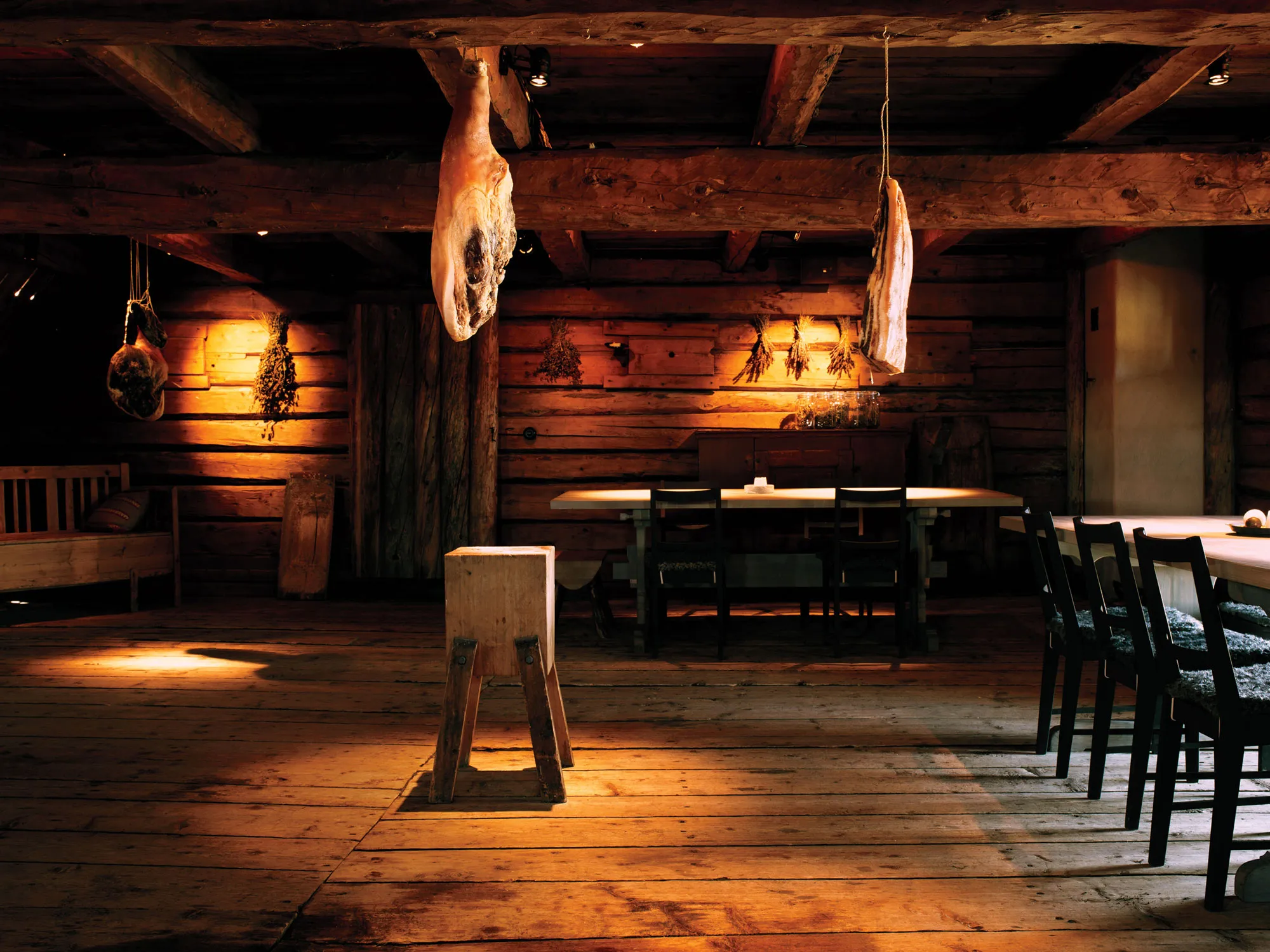Västerbotten
WELCOME TO Västerbotten
County Overview
Umeå
55,443 km2
274,000
Swedish

Popular
Geography and Tourist Attractions
Information about the province's tourist attractions, including popular destinations, events, and activities.

The Vindelfjällen Nature Reserve

The Skuleskogen National Park

The Lapland region
Political
Economy and Government
The Västerbotten region in Sweden has a diverse economy that is heavily influenced by the natural resources of the area. The forestry, mining, and pulp and paper industries have historically been important, but the region has also developed a strong knowledge-based economy with a focus on research and innovation. The University of Umeå is a key driver of this development, with a strong reputation in fields such as life sciences and technology.
The regional government of Västerbotten is responsible for a range of services, including healthcare, education, and public transportation. It is also responsible for regional development, working to promote economic growth and sustainable development. The government works closely with the business community, universities, and research institutes to create an innovative and dynamic region.
Sweden is a constitutional monarchy with a parliamentary democracy, and Västerbotten is represented in the national parliament by several elected officials. The region also has its own county council, which is responsible for regional planning and the provision of various public services. Overall, Västerbotten is known for its stable political climate, progressive policies, and strong commitment to environmental sustainability.

History
History and Culture
The region of Västerbotten in Sweden has a rich and varied history and culture. The area has been inhabited for thousands of years, with evidence of human settlement dating back to the Stone Age. The indigenous Sami people have a strong cultural presence in the region, with a unique language, traditions, and way of life. The region has also been influenced by the Swedish-speaking population, who have lived in the area for centuries.
Västerbotten is known for its strong literary traditions, with several notable Swedish writers hailing from the region. The area also has a rich musical heritage, with folk music and traditional instruments such as the nyckelharpa being an important part of the local culture.
The region has a long history of innovation, with several important inventions and discoveries originating from Västerbotten. These include the development of the artificial pacemaker and the discovery of the enzyme telomerase, which plays a key role in aging and cancer.
Today, Västerbotten is a vibrant and dynamic region that is known for its strong cultural traditions, innovative spirit, and commitment to environmental sustainability.
HOTELS

Treehotel

Stora Hotellet

Granö Beckasin
RESTAURANTS

Gotthards Krog

Fäviken Magasinet

